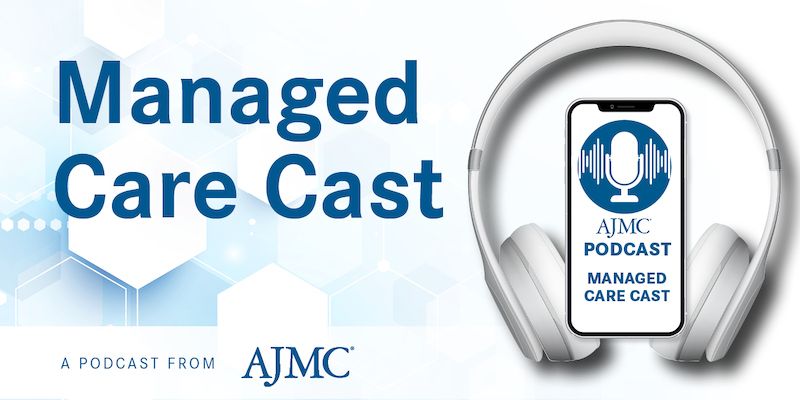Commentary
Video
How Climate-Driven Disasters Could Reshape Health Care Quality Measures
Author(s):
The rising frequency of natural disasters due to climate change could make health plans more susceptible to significant negative effects, according to Maria DeYoreo, PhD, of RAND Corporation.
In the final part of our interview, Maria DeYoreo, PhD, senior statistician at the RAND Corporation and co-director of the RAND Center for Causal Inference, discusses how the findings of her study, "Do Localized Disasters Impact Clinical Measures of Health Care Quality?," could shape future research.
She also explores how the increasing frequency of natural disasters due to climate change may affect health plan quality performance scores over time.
Watch parts 1 and 2 of the interview to learn more about the study's objectives and key findings.
This transcript has been lightly edited for clarity; captions were auto-generated.
Transcript
What questions surrounding health care quality measurement programs remain unanswered? How might your findings shape future studies?
One question is whether these results apply to other health plans beyond Medicare Advantage contracts and whether certain types of contracts may be more affected by disasters than others. For example, larger health systems may be able to triage patients to other sites of care and shift patients to facilities that are unaffected by disasters that are still within their system.
They also may have the capability to create surge capacity when needed and better utilize telehealth services. So, it's possible that large health systems may be less affected by disasters, for example.
Future studies could attempt to answer these questions by analyzing data on other types of health care entities beyond Medicare Advantage plans and using more years of data with more disaster events in the analysis.
With natural disasters becoming more frequent due to climate change, how do you anticipate their impact on health plan quality performance scores evolving over time?
If natural disasters become so frequent that a single health plan could be affected by multiple distinct disasters within the performance measurement period, which is typically a year, this could make plans more susceptible to seeing meaningfully negative disaster effects. So, disaster effects that were larger than what we observed in our analysis because of the multiple disasters that could impact a plan over the course of the entire year.
In our analysis, we hypothesized that one explanation for our findings of limited effects of disasters similar to the ones that we analyzed was that many measures are not time-sensitive and allow for care to be received at any point in the year over many months.
However, longer-term disasters, or multiple short-term disasters, could make it more difficult to simply provide care or services after the disaster subsides.

Navigating Sport-Related Neurospine Injuries, Surgery, and Managed Care




